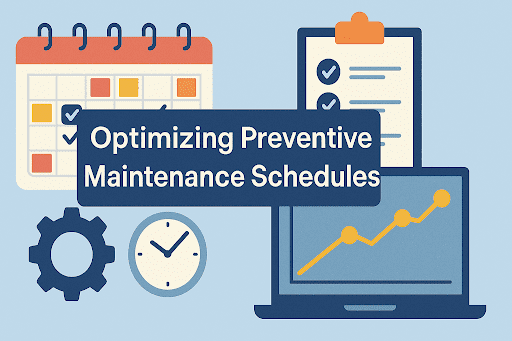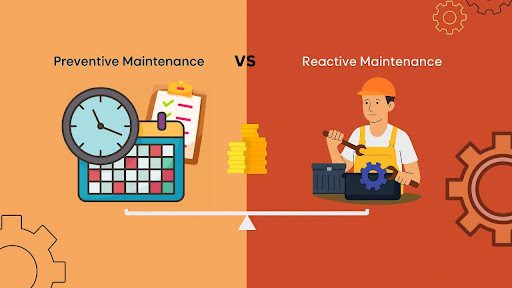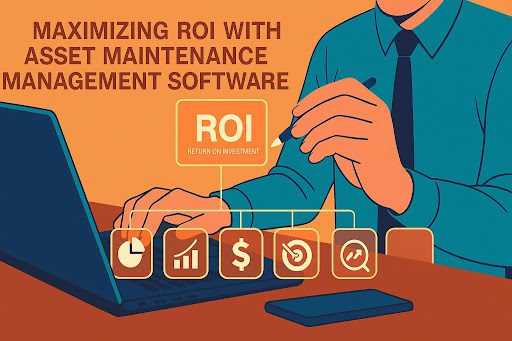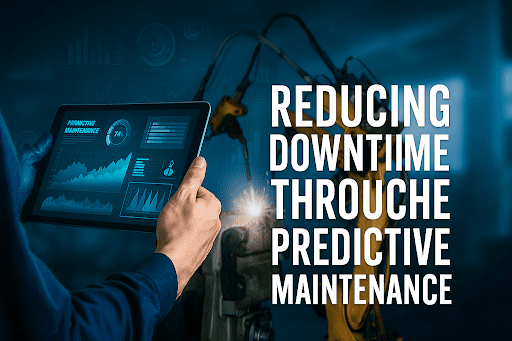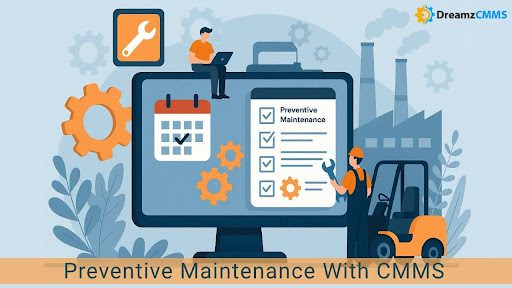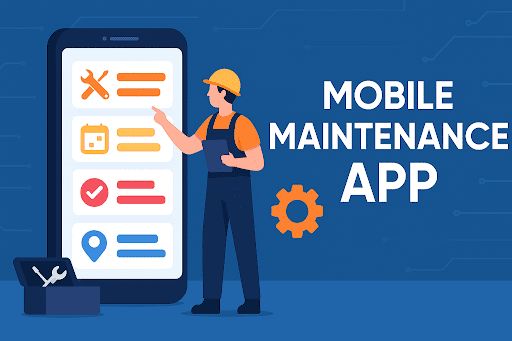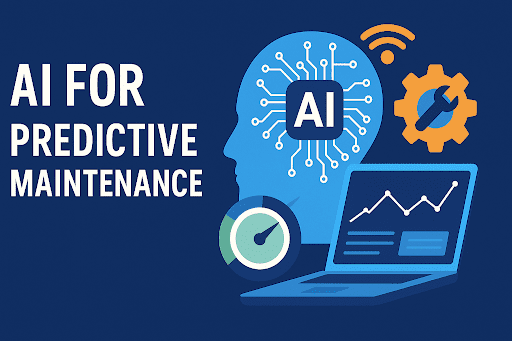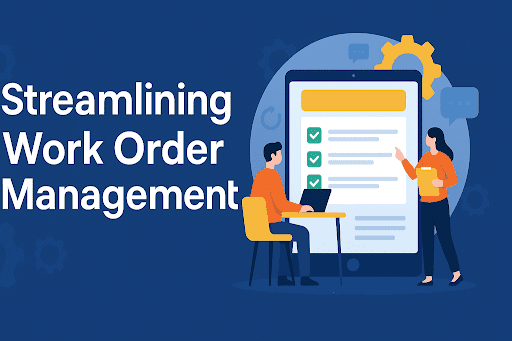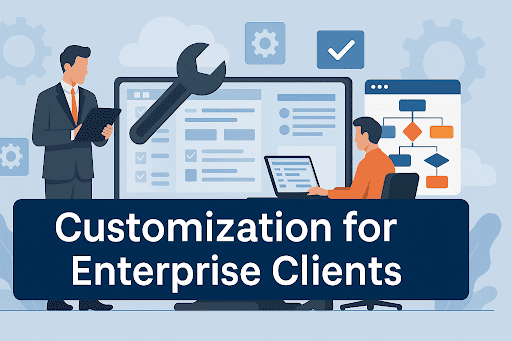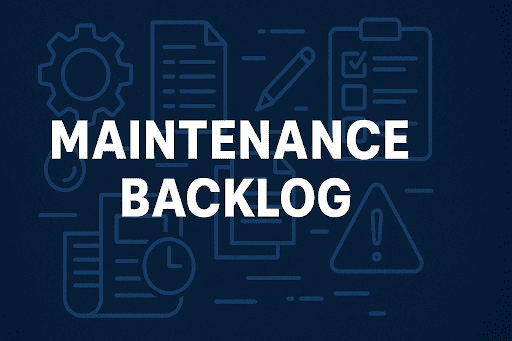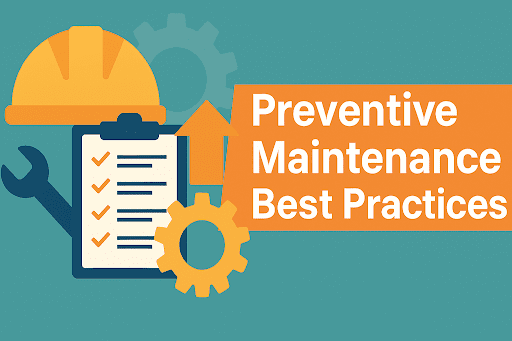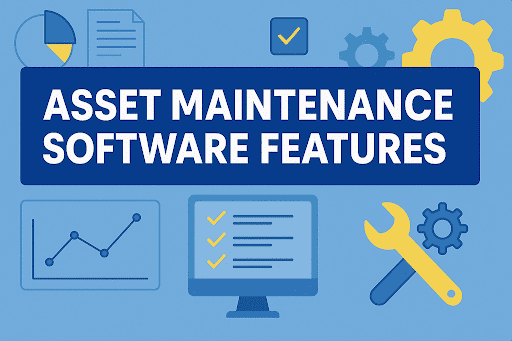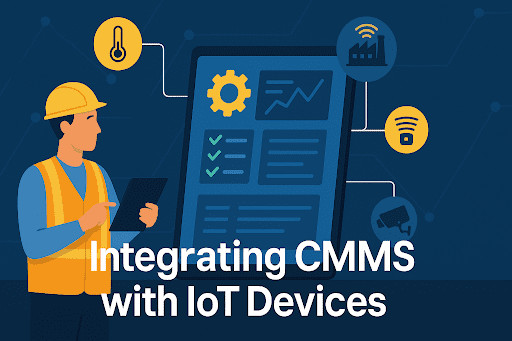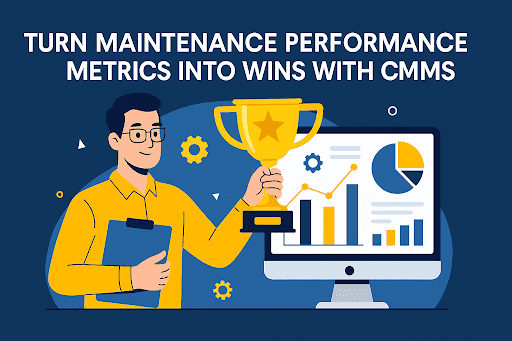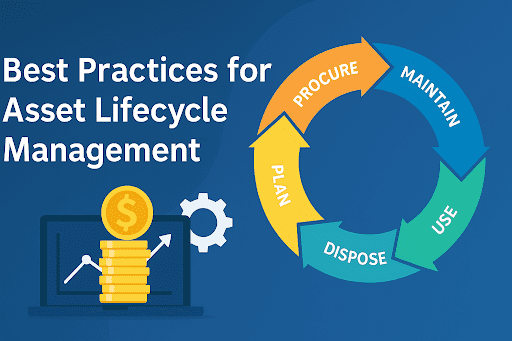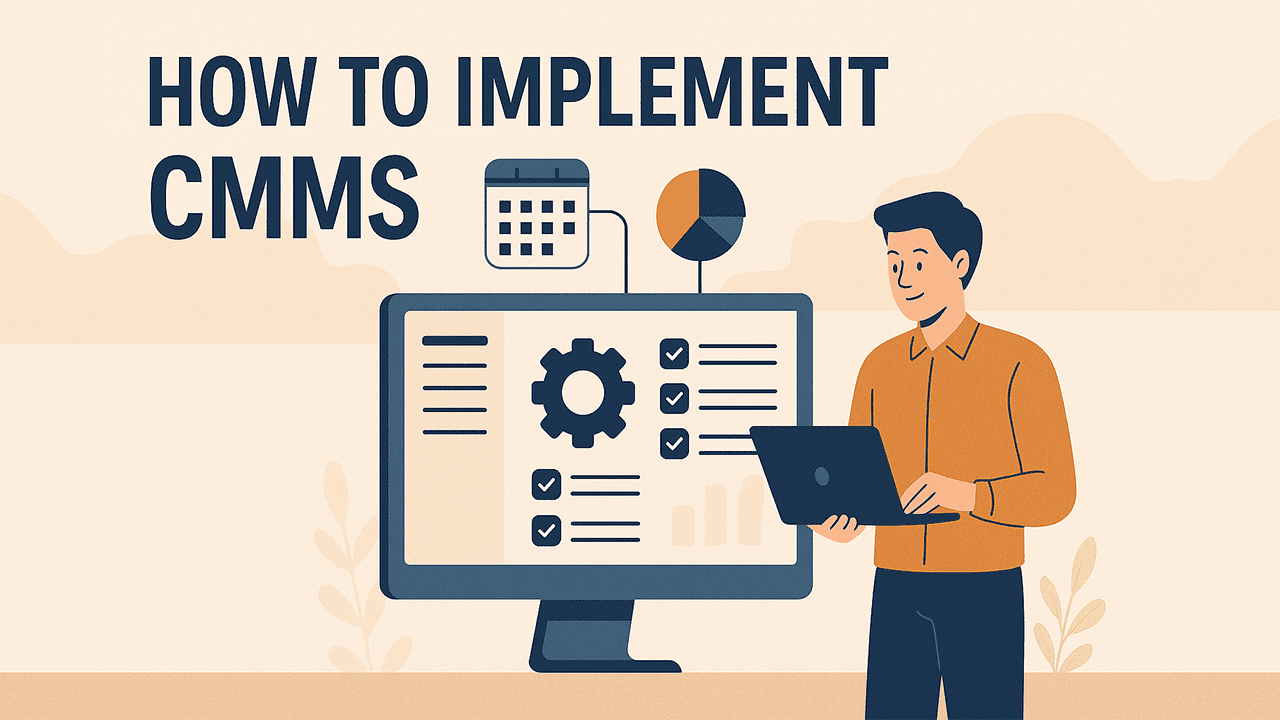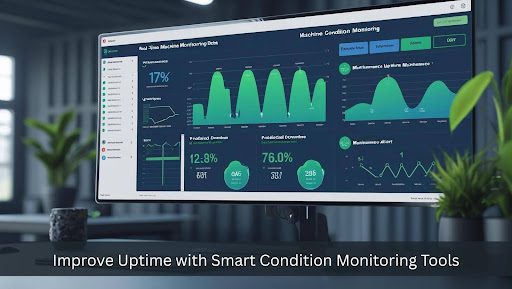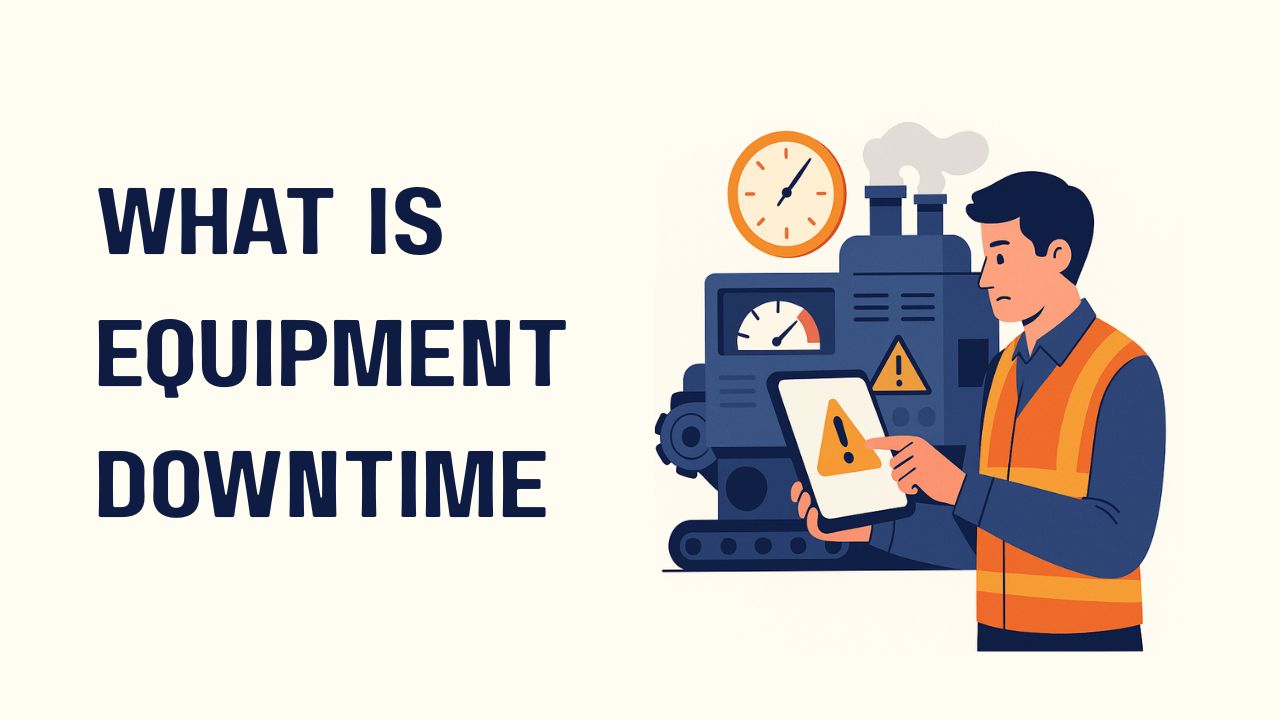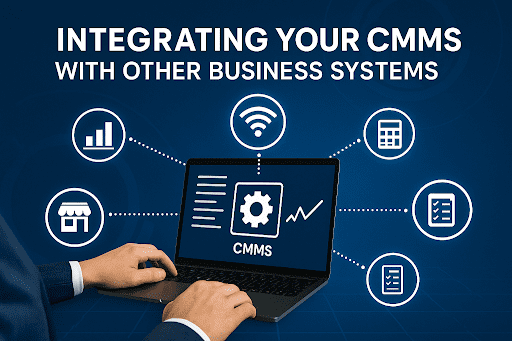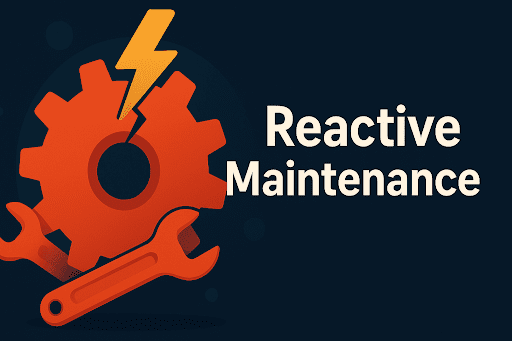 BACK TO Blog
BACK TO Blog
Asset Rental Management
Asset Maintenance
The Leadership Challenge: Managing Assets with Intelligence For decision-makers in asset-heavy sectors, the question is no longer whether to track assets but how well they are doing it. Assets wear out, their value changes, and without proper oversight, they quietly drain resources. Delays in replacing aging equipment or failing to
- June 04, 2025
- DreamzCMMS Team
- 8 minutes read
- June 04, 2025
- DreamzCMMS Team
- 8 minutes read
The Leadership Challenge: Managing Assets with Intelligence
For decision-makers in asset-heavy sectors, the question is no longer whether to track assets but how well they are doing it. Assets wear out, their value changes, and without proper oversight, they quietly drain resources. Delays in replacing aging equipment or failing to schedule timely maintenance can turn into costly disruptions.
This is where Asset Lifecycle Tracking creates a real difference. It is not simply about knowing what assets exist. It is about understanding each stage from acquisition to retirement and acting with clarity. By tracking asset condition, usage patterns, and depreciation, leaders gain the ability to plan effectively rather than react under pressure.
With the help of asset lifecycle management software, organizations can bring structure to what often feels chaotic. This includes managing maintenance scheduling by asset lifecycle, planning for replacements in advance, and enabling end-to-end asset visibility across departments.
Instead of relying on guesswork, executives are turning to systems that promote data-driven asset decisions. These platforms make it possible to align spending with lifecycle insights, avoid waste, and build long-term sustainability.
Solutions like Asset Maintenance Management Software now combine these capabilities into a central framework giving leadership a clearer view of how assets support business outcomes.
Rethinking Costs and Risks Through Lifecycle Awareness
Unexpected expenses often start small and overlooked repair here, a delayed part replacement there. Over time, these minor lapses add up, turning into larger issues that affect operations and strain budgets. Many organizations still operate without a clear view of how assets age or when they should be retired.
By adopting Asset Lifecycle Tracking, leaders take a step toward smarter, more informed planning. Instead of reacting to asset breakdowns, they can anticipate them. This shift in approach helps reduce financial waste and limits disruptions before they start.
Using a reliable capital asset tracking system, teams can identify when equipment is reaching the end of its useful life. Decisions on replacement are no longer driven by rough timelines or assumptions, but by real performance data. That means no premature purchases and fewer surprise failures.
Planning also improves when maintenance is scheduled based on where the asset is in its life. Introducing preventive maintenance by lifecycle stage ensures resources are used efficiently and operations stay on schedule. These measures offer better control over spending and keep assets working longer.
Tools such as RFID Asset Tracking Software enhance visibility across departments. From location data to usage patterns, this added insight supports accurate forecasting and better coordination between maintenance and finance teams.
When organizations use data to guide their asset choices, they create a more stable and cost-effective operation one that adapts with time rather than getting caught off guard by it.
Connecting the Dots: Asset Data That Guides the Business
When teams work in isolation, decisions about assets often fall short. One group might approve a replacement without knowing maintenance was already scheduled. Another might delay repairs due to unclear budget priorities. These disconnects lead to lost time and wasted money.
Tracking assets throughout their lifecycle changes that. With the right asset lifecycle management software, information becomes easier to share. Everyone from field teams to finance sees the same data. This clarity helps avoid overlap, shortens decision cycles, and reduces miscommunication.
Executives gain the most from this alignment. They do not have to guess where resources are going. With access to end-to-end asset visibility, they can view each asset’s condition, cost impact, and potential risks all in one place. That supports choices grounded in both context and timing.
Good planning starts with accurate data. When leaders use data-driven asset decisions, they move away from reactive choices and toward a more strategic posture. Each dollar spent is tied to a clear need, not just a routine.
As organizations grow, tools like Predictive Maintenance Software make this even more effective. These systems look ahead, flagging issues before they become problems. That kind of foresight helps executives avoid last-minute fixes and control budgets more tightly.
In the end, asset visibility is more than a technical upgrade. It is a leadership tool that turns information into action across the business.
Midway Insight: Is Your Asset Strategy Delivering ROI?Many organizations invest heavily in physical assets but only a few extract their full value. The gap often lies in the absence of structured lifecycle visibility. If your teams still rely on spreadsheets or reactive maintenance models, it may be time to reassess. A shift to lifecycle-based planning can unlock significant savings, boost uptime, and create a clear roadmap for sustainable growth. Dive deeper with DreamzCMMS to understand the financial case for smarter asset tracking. |
Beyond the Balance Sheet: Lifecycle Tracking for Long-Term Impact
Modern enterprises face rising pressure to operate responsibly. Investors, regulators, and communities are watching how assets are used, maintained, and retired. Sustainability is no longer a soft metric; it is now a requirement with financial consequences.
Asset Lifecycle Tracking plays a direct role in meeting these expectations. When organizations know the exact state of each asset, they can avoid overuse, reduce waste, and extend asset life. This helps conserve both resources and capital.
By using preventive maintenance by lifecycle stage, wear and tear are kept in check. Assets last longer, and their environmental footprint shrinks. This not only cuts replacement costs but also aligns with broader ESG goals.
Compliance becomes easier to manage as well. With clear lifecycle records, audits no longer feel like a scramble. Teams can show exactly when an inspection happened, how repairs were handled, and when replacements are due. This level of control limits risk and builds confidence with stakeholders.
Sustainability is also enhanced through smarter planning. A structured approach to equipment replacement planning helps avoid dumping functional assets too early. Instead, replacements are timed based on condition and performance.
Many companies are also integrating tools like Asset Tracking Software for Construction, which improve accuracy on fast-moving sites. These platforms support better documentation, safer practices, and smarter disposal of outdated equipment.
By viewing assets as part of a larger lifecycle not just isolated purchases, leaders can operate with more foresight, meet compliance standards, and build lasting value.
Asset Lifecycle & Maintenance Efficiency
- 70% of asset-intensive companies lack a formal asset lifecycle strategy, leading to avoidable maintenance costs and underperformance.
- Companies that adopt preventive maintenance by lifecycle stage experience 25% fewer breakdowns and 30% lower maintenance costs compared to reactive maintenance models.
Downtime and Operational Impact
- Unplanned downtime costs industrial manufacturers an estimated $50 billion annually.
- Organizations with end-to-end asset visibility reduce downtime by up to 35% through proactive planning and better decision-making.
Predictive Planning and Software ROI
- Businesses that implement predictive maintenance software as part of asset lifecycle tracking reduce maintenance planning time by 20–50% and increase equipment uptime by 10–20%.
- For every $1 spent on preventive maintenance, companies save $4–$10 in reactive maintenance costs.
Sustainability and Compliance
- Companies that track their asset lifecycles can reduce waste-related emissions by up to 15%, helping them meet sustainability goals.
- Enterprises using automated asset lifecycle management software report 40% fewer compliance violations, thanks to better audit trails and inspection schedules.
Leading with Insight: Turning Lifecycle Awareness into Business Advantage
Assets do more than power operations; they shape financial health, compliance standing, and customer trust. When asset data is fragmented, leaders are left reacting. But when visibility extends across the entire lifecycle, strategy replaces guesswork.
Asset Lifecycle Tracking equips organizations to move with greater precision. From early planning to final disposal, each step becomes easier to measure, predict, and improve. It allows capital spending to align with real needs, not assumptions.
Adopting capital asset tracking systems also fosters collaboration. Finance, maintenance, and operations teams make decisions from the same playbook. This leads to faster action, clearer reporting, and reduced waste across the board.
For companies managing diverse portfolios, integrating solutions such as Asset Rental Management Software ensures even more consistency. These tools offer features that track usage, performance, and condition regardless of location or department.
At the executive level, the benefits are strategic. Lifecycle insights allow leaders to extend asset value, prevent costly failures, and set budgets with confidence. These are not short-term wins. They are long-term advantages that build resilience and drive growth.
The next step is not about more tools, it is about smarter use of the ones that matter. Investing in a unified asset lifecycle management software platform like DreamzCMMS helps organizations achieve that goal, starting now.
Additional Reads for Deeper InsightsTo expand your understanding of how technology supports smarter asset tracking and lifecycle management, explore the following:
Learn how RFID technology offers greater speed, accuracy, and visibility compared to legacy barcoding systems. |
Start Tracking, Start LeadingThe future of operational excellence lies in visibility, control, and informed action. Asset Lifecycle Tracking is not just a maintenance upgrade, it is a strategic framework that strengthens budgeting, reduces downtime, and improves sustainability across the board. If your organization is ready to:
Explore how our Asset Maintenance Management Software can help your enterprise lead with intelligence and act with confidence. Book a personalized demo today and see what true lifecycle visibility looks like. |
Ready for More?
Talk to one of our CMMS experts and see how DreamzCMMS can simplify your maintenance operations.
Book a free consultation
